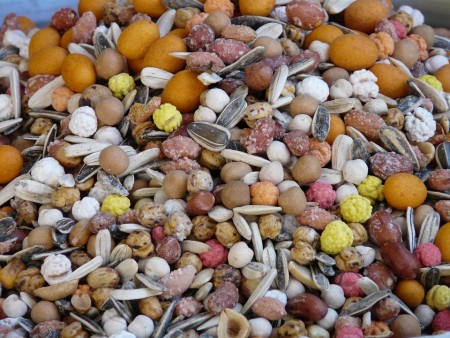April 2005 - With careful coaxing, stem cells from the brain can form insulin-producing cells that mimic those missing in people with diabetes, according to a paper published in the April 26 issue of PLoS Medicine.
Although the work is not yet ready for human patients, Seung Kim, MD, PhD, the lead author and assistant professor of developmental biology at the Stanford University School of Medicine, said it could lead to new ways of transplanting insulin-producing cells into people with diabetes, eventually providing a cure for the disease.
In past work, Kim and members of his lab enticed mouse embryonic stem cells to transform into insulin-producing cells. When transplanted into diabetic mice, these cells effectively made up for the lost insulin-producing cells in the pancreas, called islet cells, and treated the diabetes. However, embryonic stem cells are difficult to work with in the lab and most existing human embryonic stem cell lines are contaminated and can't be transplanted into humans.
Kim thought that human neural stem cells may be one way to sidestep the more problematic embryonic stem cells. The study shows that his intuition was correct.
"When you look at islets cells you realize that they resemble neurons," Kim said. Like neurons, islet cells respond to external signals by changing their electrical properties and releasing packages of proteins. In the case of islets, that protein is insulin.
Continue Reading Below ↓↓↓
What's more, some neurons in mice and humans take the first steps toward producing insulin. In insects such as fruit flies, the cells that produce insulin and regulate blood sugar are, in fact, neurons. Taken together, this evidence suggested to Kim that neural stem cells may be able to produce insulin.
Despite Kim's informed hunch, the fact that it worked is a bit surprising.
Until recently, people had though that stem cells taken from the brain would only be able to transform into brain-related tissues such as nerves and support cells. But a group at the Salk Institute in San Diego recently published a report in which neural stem cells transformed into cells that line blood vessels - a far cry from a neuron. "That work gave us confidence that these cells could become more than neuronal cells," Kim said.
Working with the cells in a lab dish, Kim and postdoctoral fellow Yuichi Hori, MD, PhD, now an associate professor at Kobe University in Japan, added a cocktail of chemicals in a sequence that they knew might prod the stem cells to mature into insulin-producing cells. After some trial and error, they found the right combination and sequence. The end result was a dish full of cells that could produce insulin and release it in response to sugar added to the environment.
These cells don't perfectly mimic human islet cells. Kim's cells made some, but not all, proteins normally made by islet cells, and they continued to make some proteins found in neurons. Nonetheless, the fact that they could respond to sugar by producing insulin was exciting.
Kim's next step was to find out if the cells could perform the same feat in a mouse. The group transplanted the cells into a cavity in the kidney where other types of insulin-producing cells have been found to survive. When the blood sugar went up in these mice, the cells once again released insulin. After four weeks the cells had survived, continued to produce insulin and had not changed into other cell types or formed tumors.
Kim noted that the amount of insulin produced wasn't enough to effectively treat diabetes. Still, the work is a first step towards that eventual goal. It also hints that neuronal stem cells have many potential uses beyond treating brain disease.
He thinks this work has additional value because the method used to produce insulin from neural stem cells is completely new. "The more ways we discover to form insulin-producing cells from stem cells, the more likely it is that stem cells can be used for islet replacement," Kim said.
Kim hopes this work, or related work with other sources of stem cells, could one day replace human islet cells in people with diabetes. Right now, people with diabetes face a lifetime of insulin injections. In rare cases, some patients can receive cell transplants from cadavers, but that source of cells is far smaller than the total number of people who could benefit.
Other Stanford researchers who contributed to this work include research assistants Xueying Gu and Xiaodong Xie. The work was supported by grants from the Juvenile Diabetes Research Foundation, Riva Foundation, and the Hillblom Foundation. StemCells, Inc., a Palo Alto-based company, was the provider of the human neural progenitor cell lines that are the subject of the study.
Continue Reading Below ↓↓↓
Source: Stanford University Medical Center










